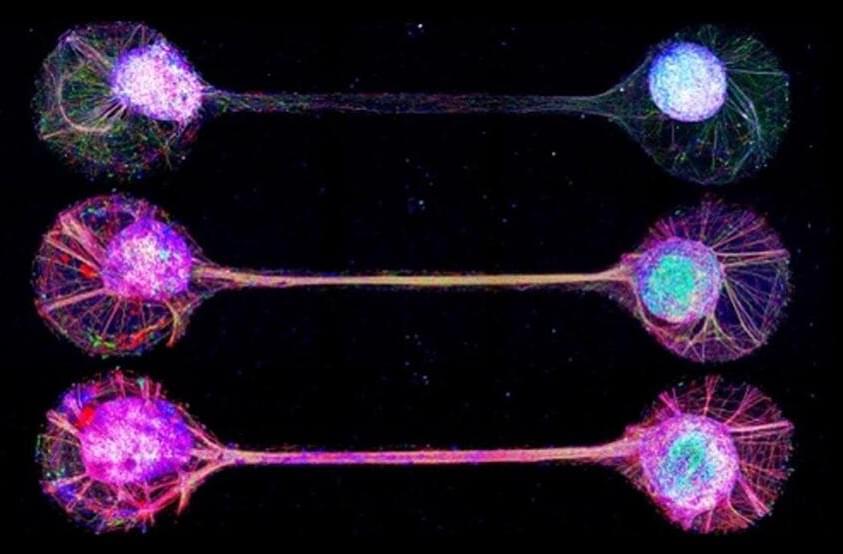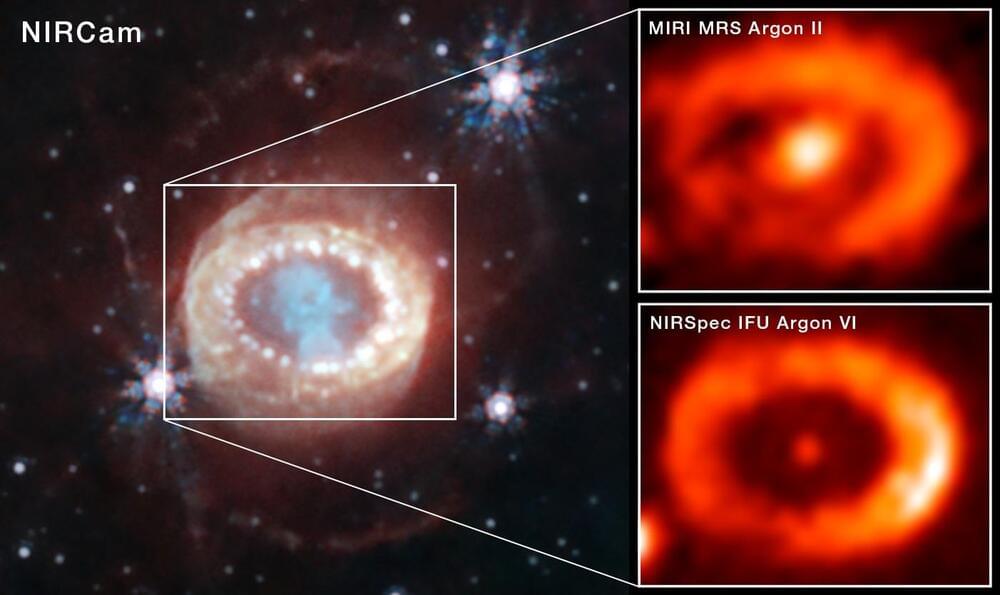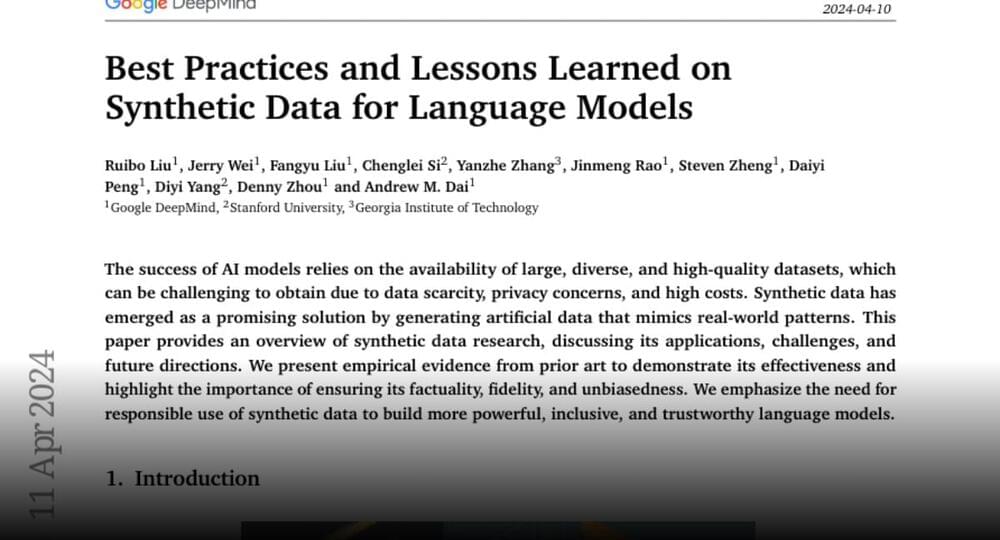Apr 12, 2024
Unlocking the Future of VR: New Algorithm Turns iPhones Into Holographic Projectors
Posted by Saúl Morales Rodriguéz in categories: education, information science, mobile phones, virtual reality
Scientists have created a method to produce 3D full-color holographic images using smartphone screens instead of lasers. This innovative technique, with additional advancements, holds the potential for augmented or virtual reality displays.
Whether augmented and virtual reality displays are being used for gaming, education, or other applications, incorporating 3D displays can create a more realistic and interactive user experience.
“Although holography techniques can create a very real-looking 3D representation of objects, traditional approaches aren’t practical because they rely on laser sources,” said research team leader Ryoichi Horisaki, from The University of Tokyo in Japan. “Lasers emit coherent light that is easy to control, but they make the system complex, expensive, and potentially harmful to the eyes.”


















